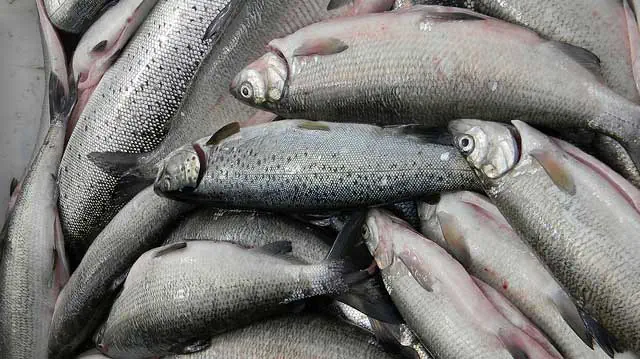
Source: ADN
Contaminants found in fish and marine life can help scientists and researchers understand the state of health of the environment.
“The things that are showing up in animals’ bodies tell important stories,” says Todd O’Hara, professor at University of Alaska Fairbanks.
Understanding what contaminants end up in the bodies of marine life can give scientists clues about what sorts of human activity or man-made processes are impacting the environment, or even clues about natural processes that lead to contamination.
One particular concern is the high levels of mercury found in endangered Stellar sea lions, birds, and fish in America’s western islands. A Council created in 1996 has since developed the Stockholm Convention to phase out harmful contaminants, and supported the Minamata Convention on Mercury, to help eliminate mercury mining.
Read full story at: ADN
